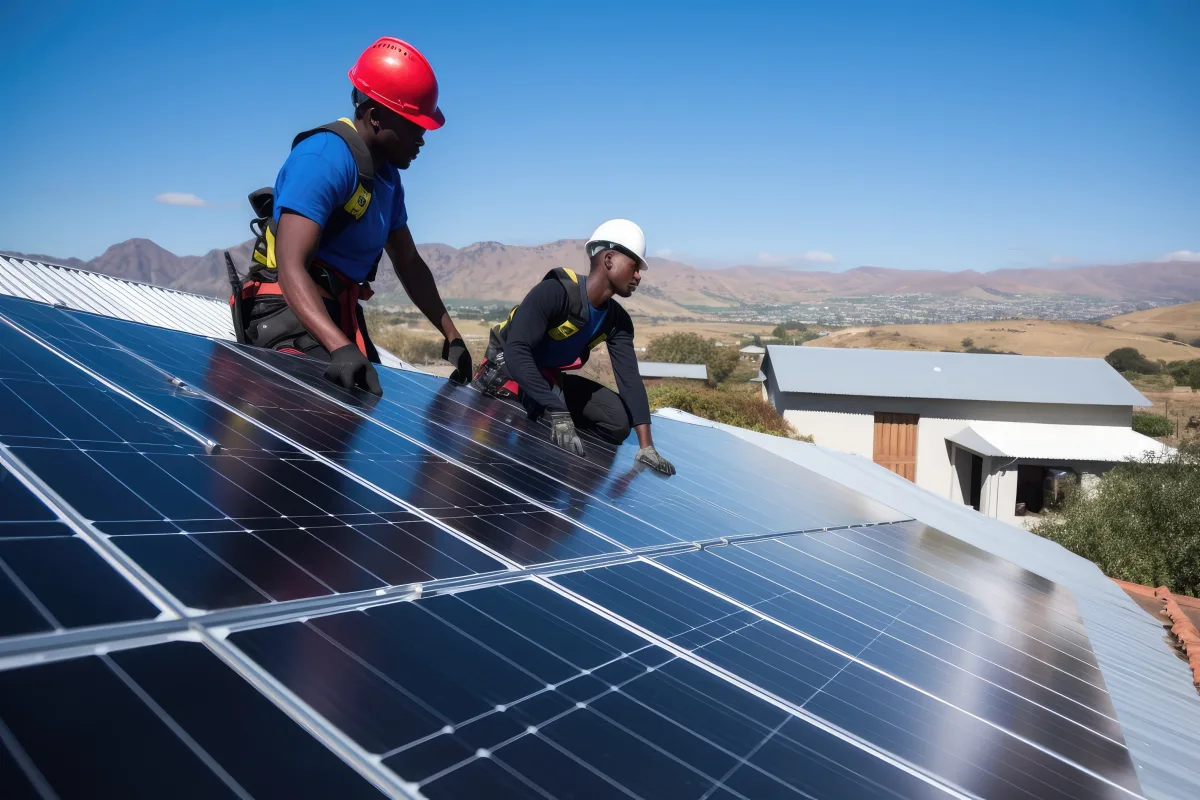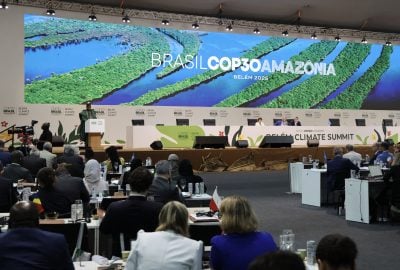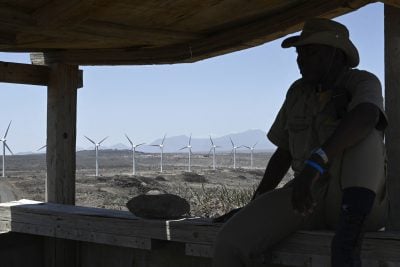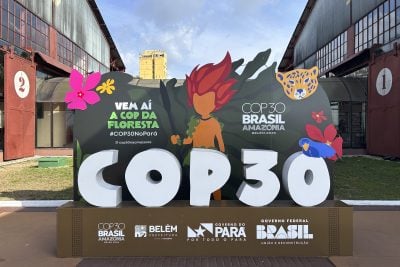At the beginning of 2024 Africa has come to a key juncture in its renewable energy rollout.
The potential of technologies such as wind and solar energy to help close the continent’s energy access gap is now beyond doubt. Across Africa, however, there are multiple challenges in accelerating the speed and scale of the drive for renewables.
Roughly half of Africa’s population, around 600m people, lacks access to electricity; millions more endure an unreliable or intermittent supply.
Solar, in particular, has a key role in bringing more reliable access. Most of Africa enjoys excellent conditions for solar generation; and solar is well-suited for both utility-scale projects and smaller schemes designed to serve homes and businesses in remote areas.
Last year’s COP28 climate conference, along with the Africa Climate Summit held in Nairobi last September, reaffirmed the importance of renewables on the continent.
But whether 2024 will see donors and development finance institutions (DFIs) turn commitments into action remains to be seen. The International Energy Agency (IEA) estimates that $28bn in concessional capital is needed each year up to 2030 to mobilise $90bn in private sector investment – a more than tenfold increase from the present level.
Technologies mature
Hydropower, which has played a key role in the power sectors of many African countries for decades, remains the leading source of renewable energy on the continent. However, it is solar that is increasingly emerging as the main source of new capacity.
According to the African Solar Industry Association (AFSIA), the continent installed a record 3.7 GW in 2023, representing year-on-year growth of 19%. AFSIA notes that utility-scale solar projects are less common in Africa than in the United States, Europe or China. By contrast, it says 65% of the capacity added last year came from commercial and industrial projects – a large share of which are in South Africa.
“In [the] absence of reliable utility companies and grids supplying the required electricity, African companies and businesses finally have found an alternative with solar and storage thanks to plummeting prices of both key components,” AFSIA said in a report.
Meanwhile, cash-strapped utilities are increasingly looking to the private sector to supply electricity from large-scale wind and solar projects to the grid. In South Africa, a bidding round for independent power producer (IPP) projects, which will conclude in April, will be crucial for efforts to end the country’s disastrous power shortages.
Zambia is another country where the government is turning to the private sector, as it looks to extend electricity access to 60% of its population by 2030. Reforms introduced by President Hakainde Hichilema have facilitated private investment in the power market, with a focus on streamlining regulator approvals.
“Most renewable energy projects will continue to be financed at an increasing rate by the private sector in Zambia,” says Kusobile Kamwambi, head of the country’s Presidential Delivery Unit.
But one challenge, likely to become ever more evident in 2024, is that electricity grids in many African countries are struggling to absorb the power supplied by renewables. In Zambia, for example, ZESCO has set a cap of 50 MW on IPP projects – a limit that makes investment less attractive for some players in the sector.
Grids and batteries
The electricity shortages in countries such as South Africa highlight the importance of upgrading grid infrastructure at both the national and regional levels. Holger Rothenbusch, managing director and head of infrastructure and climate at British International Investment, the UK’s DFI, says that investment in cross-border transmission infrastructure will increase. He notes that there are “many exciting prospects” in decentralised renewable energy systems, which enable renewable generation in areas where grid access remains difficult.
“We are starting to see the potential of mini-grids to bring power to countries such as DRC and Burundi with historically low rates of access,” he says.
“Projects are being delivered with attractive financing models such as grants and private capital to mitigate offtake risk.”
The potential of mini-grids, which typically distribute power generated by solar or other renewable sources of generation to communities in rural areas, was illustrated by the ability of mini-grid developer Husk Power to raise over $100m in debt and equity commitments during its latest funding round.
As well as transmission infrastructure, energy storage projects are increasingly prominent as a means of mitigating the inherent intermittency of wind and solar power.
“For this year, we’re excited about battery projects,” says Olivia Carballo, a director at the Emerging Africa Infrastructure Fund (EAIF), which provides concessional debt financing for private sector projects in Africa.
“We’re beginning to see standalone battery projects, and also batteries added on to solar projects to make them more responsive.”
Financing challenges
Despite the momentum in the renewable sector, it faces challenges. Inflation remains high in many key markets, while major currencies continue to depreciate against the dollar. This increases the costs of importing materials and components needed for renewable energy investment, while also contributing to revenue collection challenges for operators.
Africa Finance Corporation owns a power distribution business in Nigeria; but Sonume Dan-Princewill, a member of the AFC’s portfolio management and optimisation team, says that many of its customers are struggling to pay.
“Things are really difficult for the average Nigerian right now,” she says.
“In the power distribution business, one of the greatest challenges is payment risk which has been exacerbated by Nigeria’s current economic situation.”
The difficulty in ensuring that projects can deliver attractive returns for investors is the fundamental reason why investment in renewable energy remains far lower in Africa than in most parts of the world.
The continent receives just 2% of global clean energy spending, according to the IEA. Rothenbusch does believe that DFIs will remain committed to backing renewable energy deployment in Africa, while also noting that Africa is attracting the attention of investors from a broader range of countries.
“Concessional funding is expected to increase to address financing gaps, with more private investors from the Middle East coming into the market through equity investments,” he says.
Alexia Alexandropoulou, senior research manager at the African Venture Capital and Private Equity Association (AVCA), says that “Our data reflects a growing commitment among private capital investors to engage in energy projects.”
She adds that Southern Africa received the largest share of private capital investment in renewables over the first three quarters of last year, largely due to major investors making large commitments to projects there.
“There is a growing number of private capital investors who have either raised funds recently or are currently in the process of raising funds exclusively dedicated to renewable energy projects and providers,” she says.
“We expect continued interest from private capital investors in this sector, as evidenced by recent fundraising activities and investment trends.”
Want to continue reading? Subscribe today.
You've read all your free articles for this month! Subscribe now to enjoy full access to our content.
Digital Monthly
£8.00 / month
Receive full unlimited access to our articles, opinions, podcasts and more.
Digital Yearly
£70.00 / year
Our best value offer - save £26 and gain access to all of our digital content for an entire year!
 Sign in with Google
Sign in with Google 



